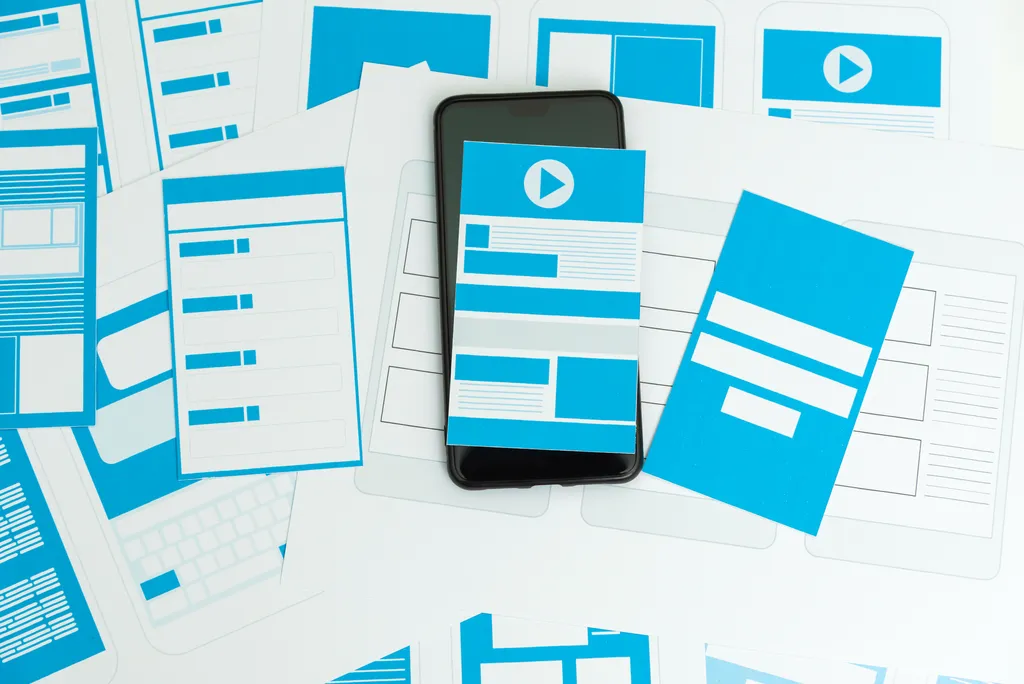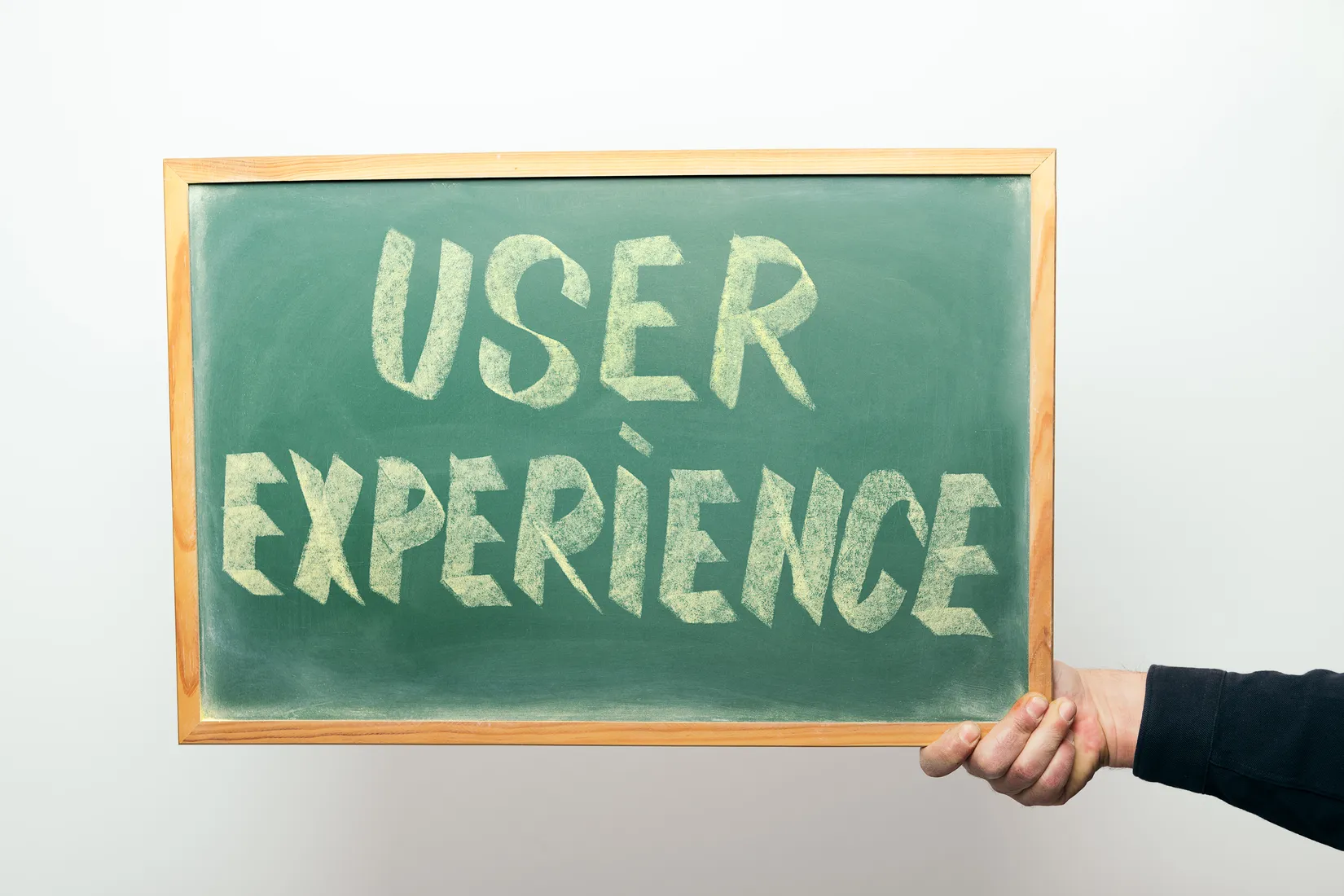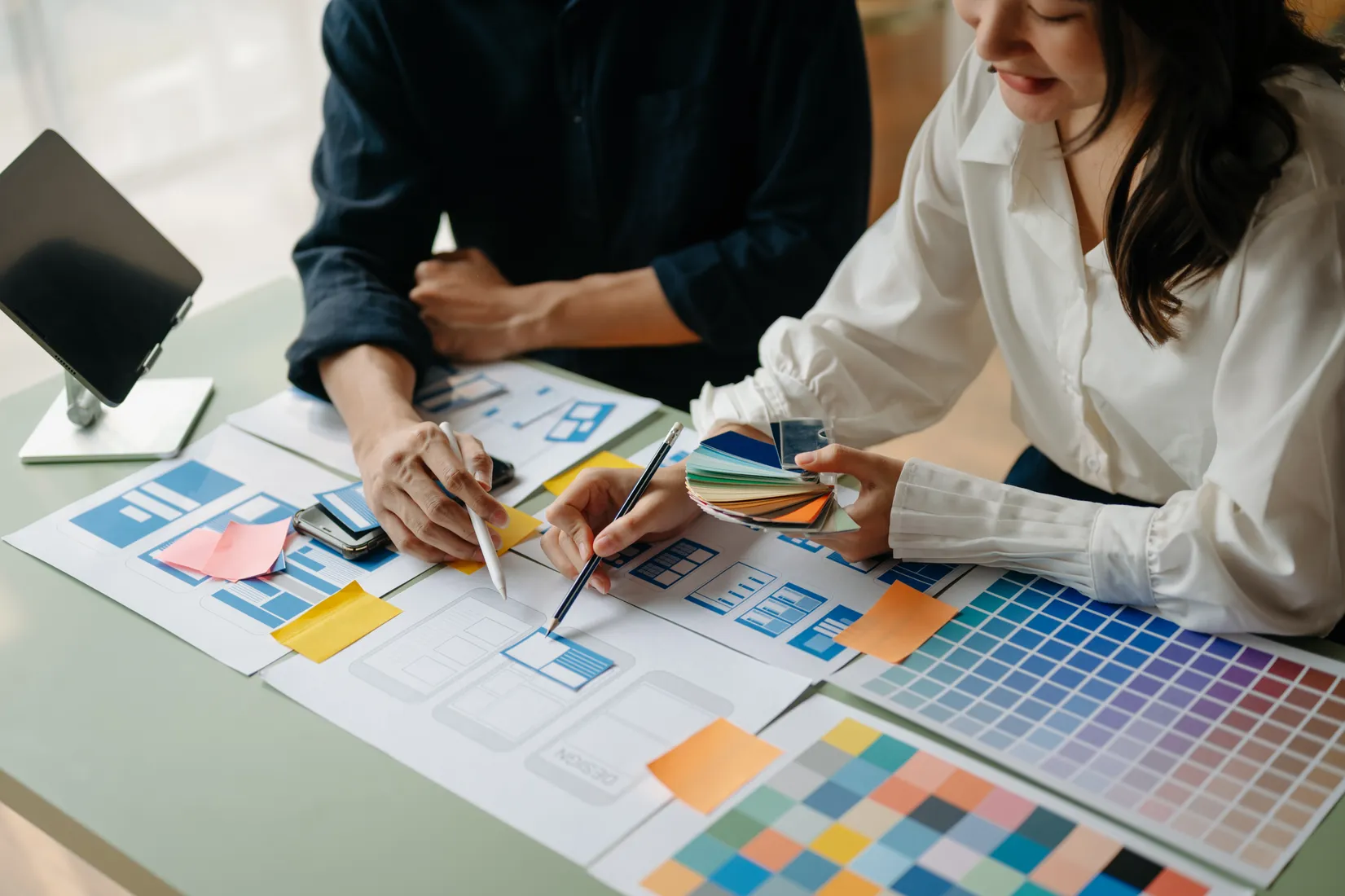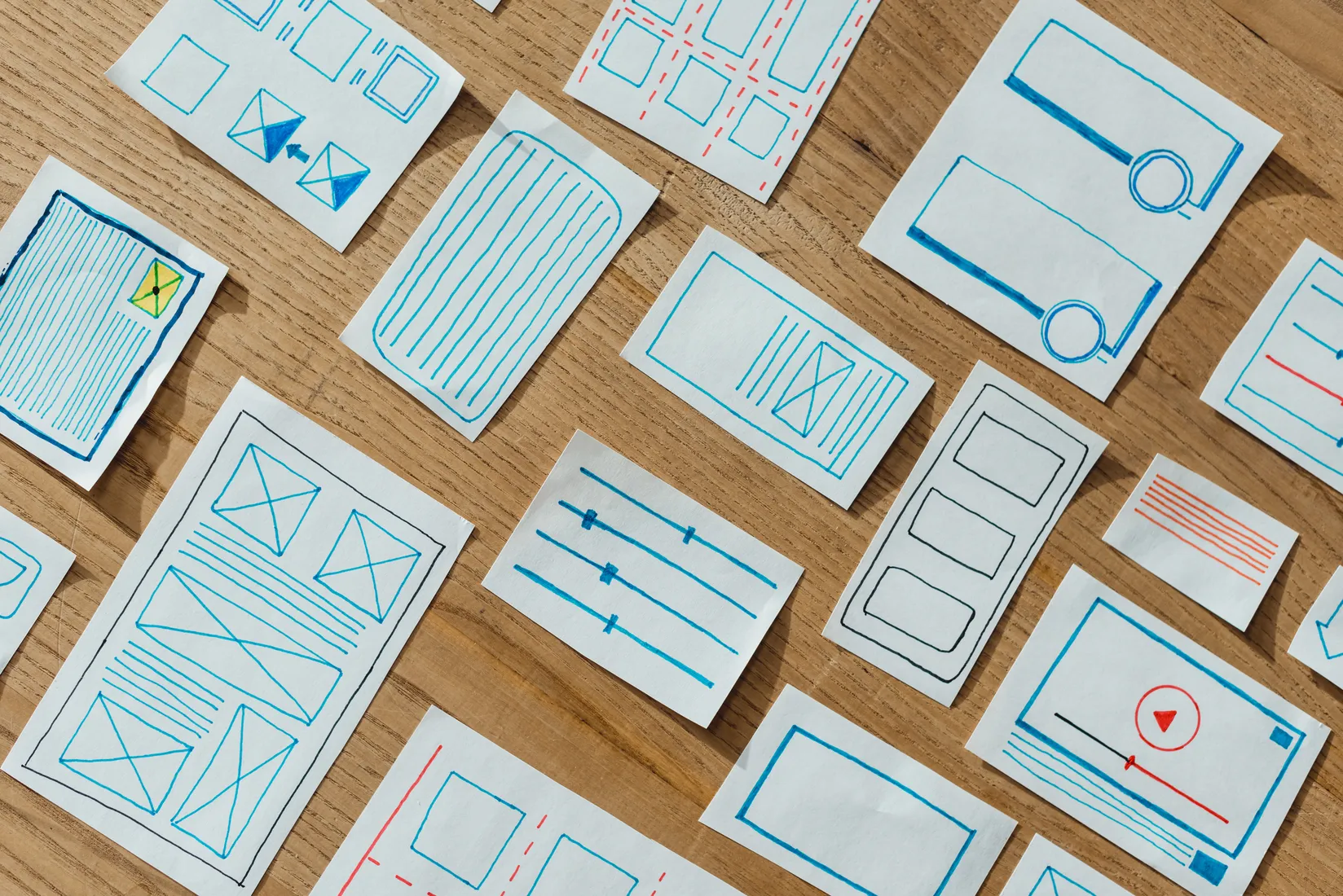Introduction
The method by which websites are developed and how people interact with them has undergone a tremendous transition in the digital realm. Website User Experience (UX) has changed from emphasizing basic usability to a more thorough and user-centric approach throughout its development. To recognize the critical role that user experience plays in today’s digital sphere, it is essential to have a solid understanding of this progression.
Usability vs. user experience
At the beginning of the process of developing a website, the primary focus was on the website’s usability. Websites were developed to be accessible and useful, with a primary emphasis on clear navigation and practicality. On the other hand, this method only addressed the interactions at the surface level and failed to consider the more fundamental aspects of user happiness and engagement.

Basic Usability in Website Design
The functionality and user-friendliness of early websites were top priorities. These websites often overlooked user connection’s emotional and psychological components since they were designed to provide information time-efficiently. Even though they accomplished what they set out to do, they lacked the sophistication characteristic of contemporary user experience design ideas.
Shift towards an Enhanced User Experience
Understanding the need to include aesthetics, psychology, and technology in the design of websites was the impetus for the paradigm shift that led to an improved user experience. It entailed understanding the behavior and emotions of the user, going beyond simple functionality to create engaging and pleasurable experiences.
Introduction to User-Centered Design (UCD)
User-centered design, often known as UCD, has become an important guiding philosophy in building contemporary websites. It emphasizes gaining comprehensive knowledge of user requirements using iterative design processes to ensure that the final product perfectly matches user behaviors and expectations.
Key Components of User-Centered Design
Comprehensive user research, usability testing, and ongoing feedback loops are all components of user-centered Design (UCD). By prioritizing users’ requirements and preferences, websites can improve iteratively, resulting in interfaces that are easy to understand and pleasurable to traverse.

Evolutionary Stages in UX Design
Several steps are involved in progressing from basic usability to user-centered design over time. As a result of technological advancements, websites have progressed in terms of their usefulness, interaction, and visual appeal. These advancements have shaped these phases.
Benefits of User-Centered Design
Putting a user-centered strategy into practice can have several benefits. User pleasure is raised, engagement is increased, and brand loyalty is fostered. It has been observed that websites that prioritize the user experience achieve better conversion rates and prolonged user involvement.

Challenges and Future Trends
While applying UCD has several benefits, it also presents problems, including adapting to fast technological changes and balancing corporate objectives and user demands. Artificial intelligence (AI) and virtual reality (VR) are two emerging concepts set to change user experience design by presenting new opportunities and problems.
Conclusion
Developing the user experience on websites represents a change from just usability toward a comprehensive and user-centric strategy. Organizations need to acknowledge this progression in creating meaningful digital experiences that connect with people on various levels.
FAQs
Q1: In what way is design user-centered?
A user-centered design prioritizes users’ wants and preferences throughout the design process, ensuring that their experiences inform the development of digital goods and services.
Q2: What distinguishes fundamental usability from user-centered design?
While user-centered design incorporates a deeper knowledge of users’ motivations and behaviors to strive for individualized and engaging experiences, basic usability concentrates on functionality and simplicity.
Q3: Why is website design so important for accessibility?
By making websites accessible to all users, including those with impairments, accessibility promotes inclusivity in the digital world.
Q4: What effects does user-centered design have on companies?
Through increased user engagement, improved KPIs, and creating a favorable brand reputation, user-centered design benefits enterprises.
Q5: Is the process of user-centered design one-time only?
User-centered design is an iterative process that always changes in response to user input and technological environments.
Q6: Can tiny firms profit from user-centered design?
Undoubtedly, user-centered design may greatly help small companies by increasing conversions, building a strong online presence, and encouraging client loyalty.









